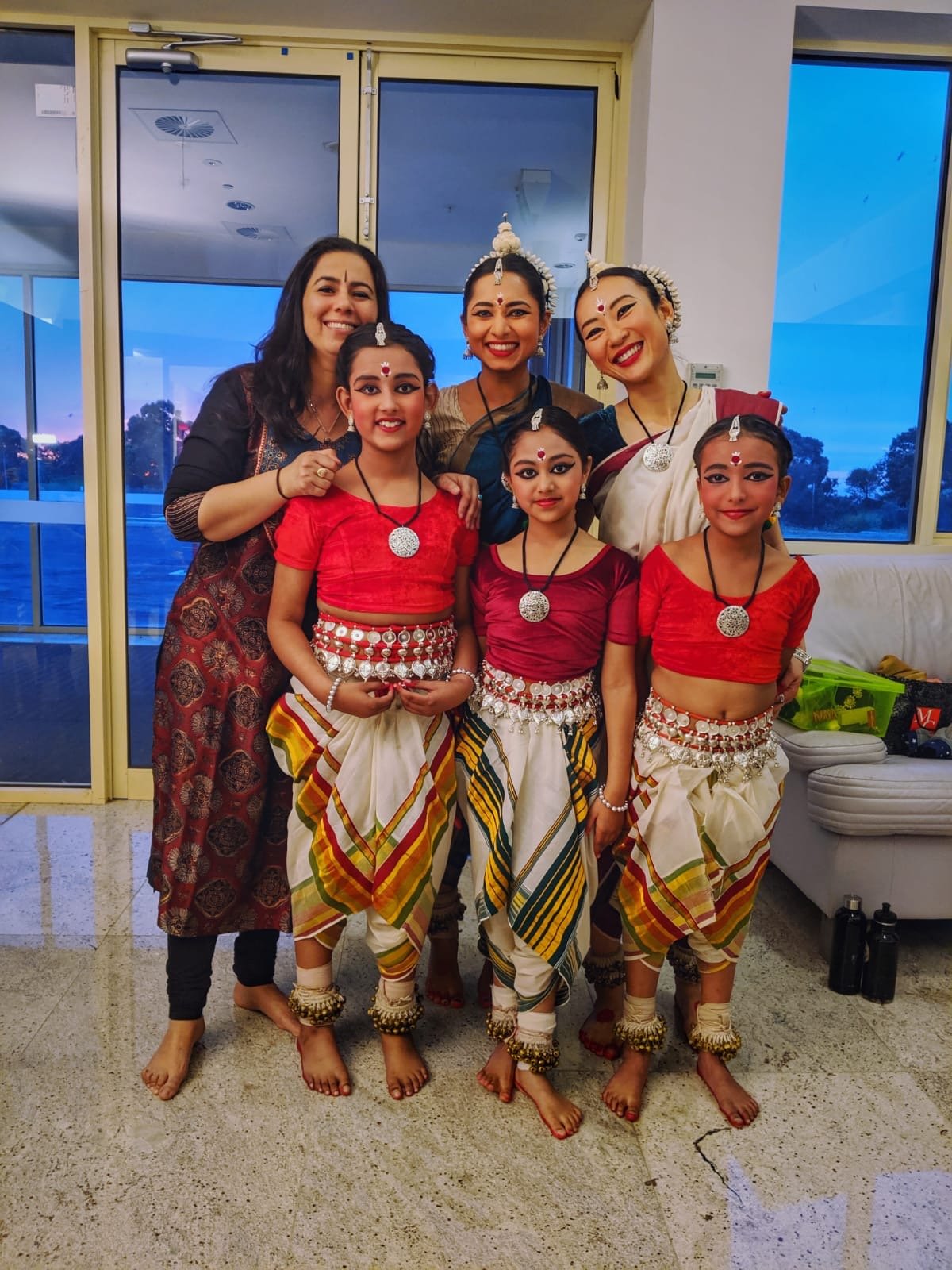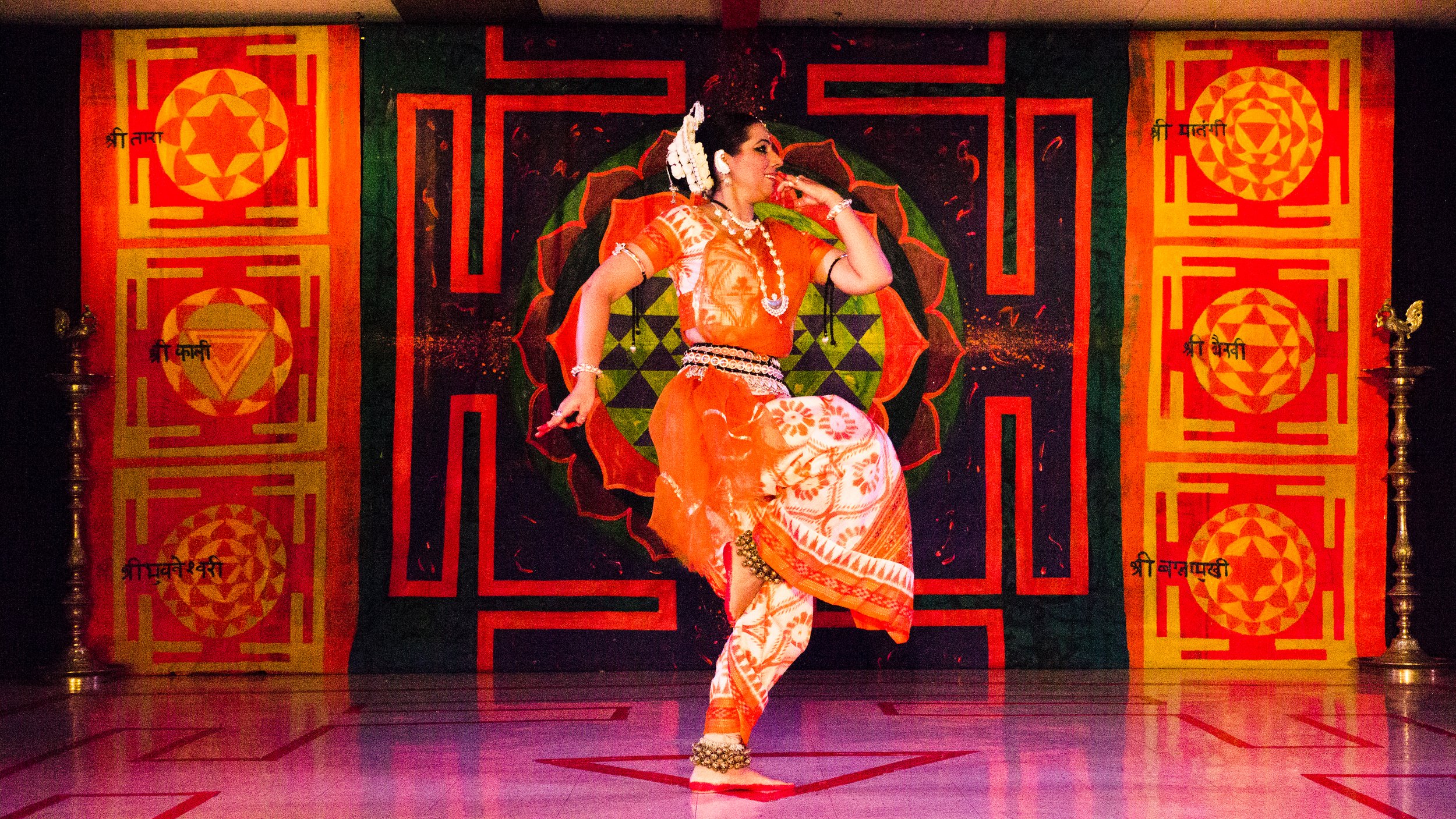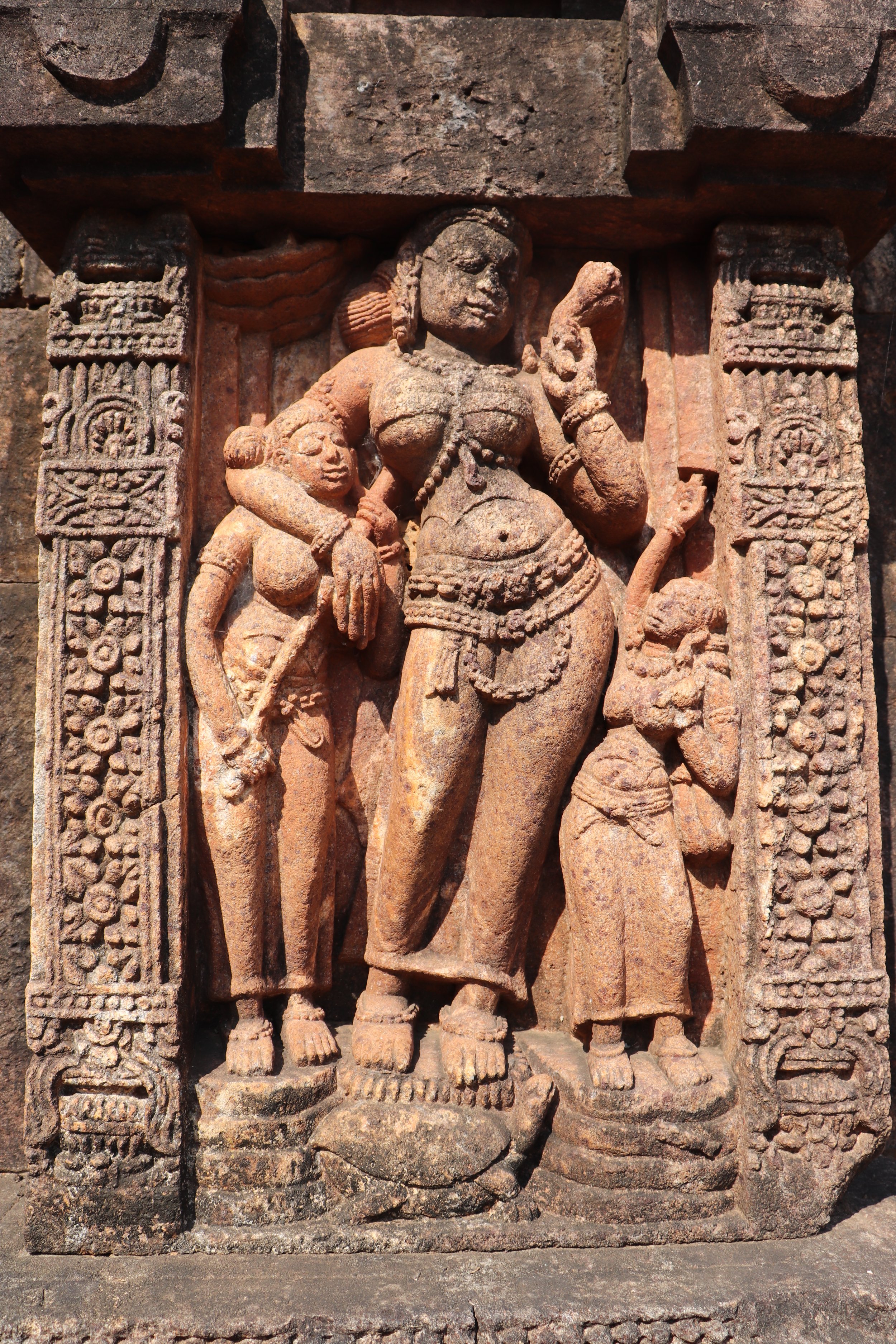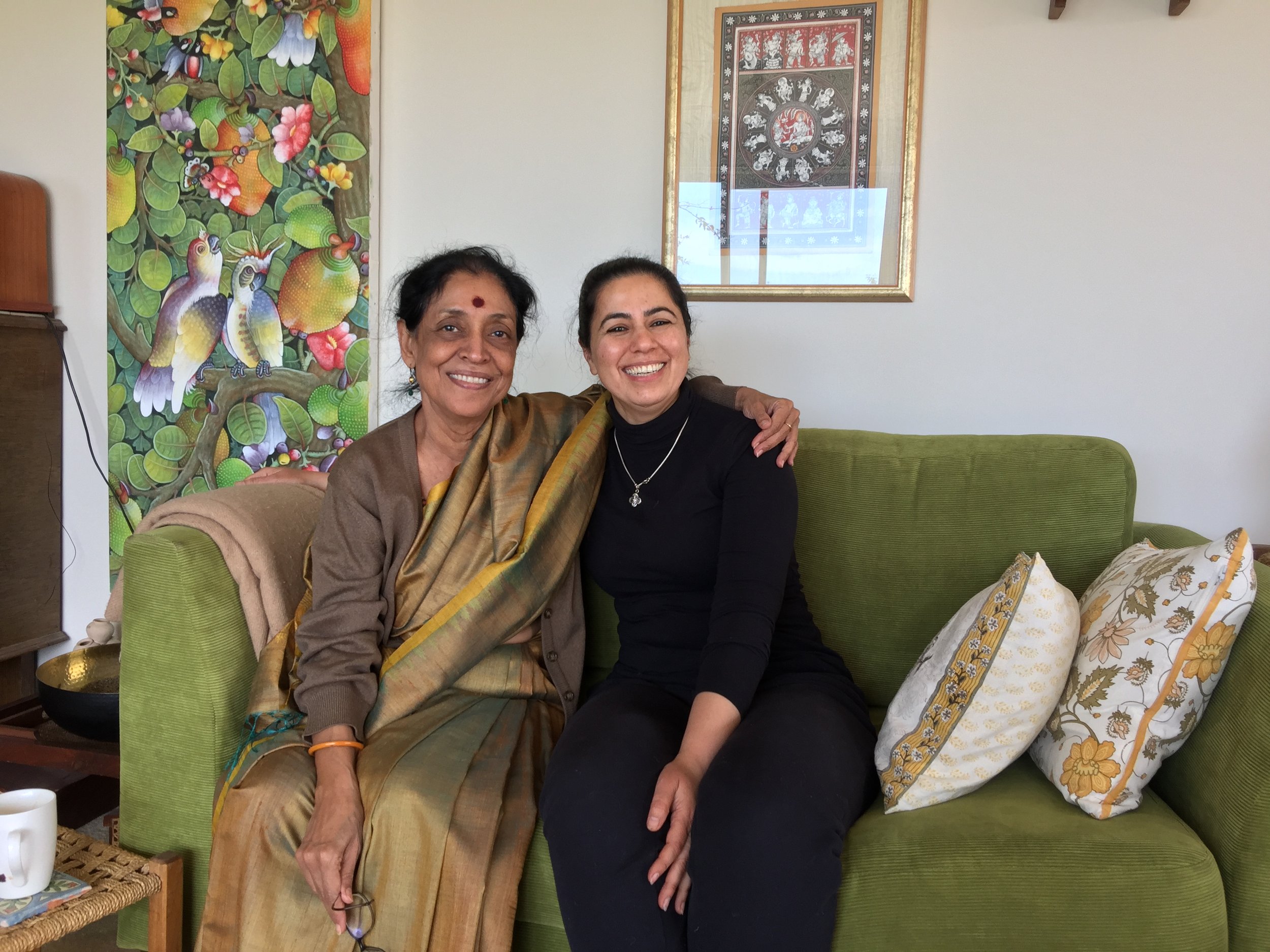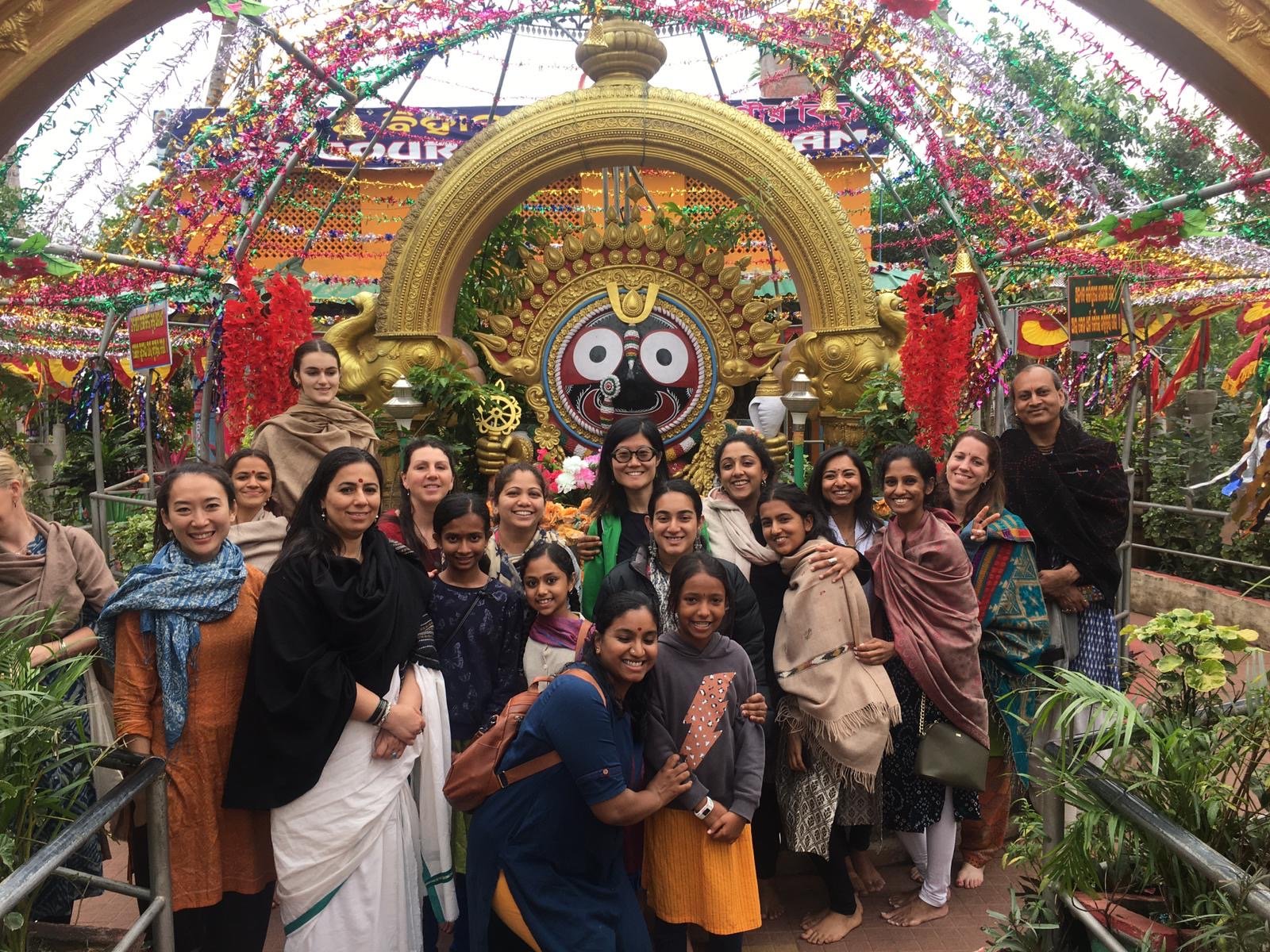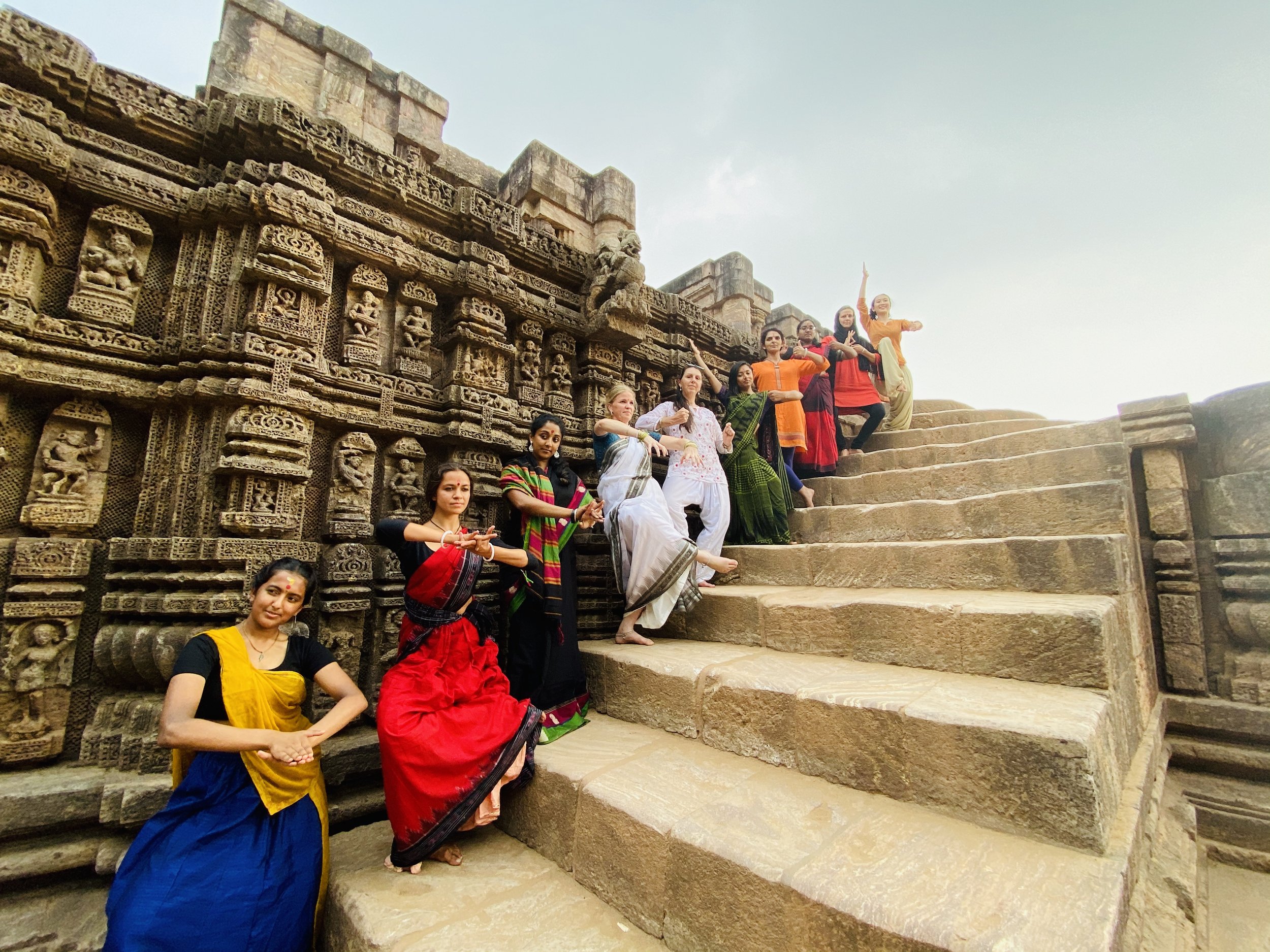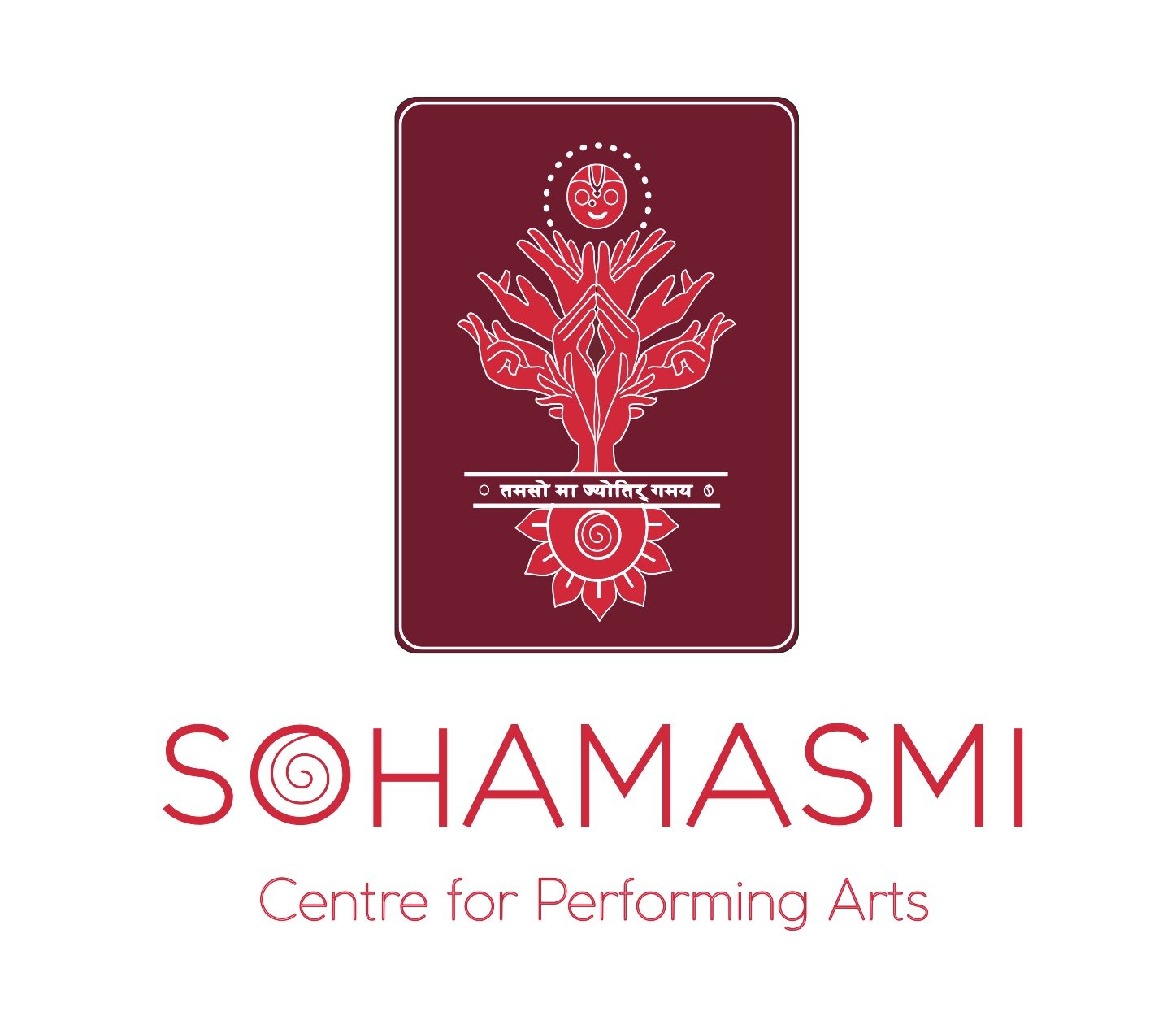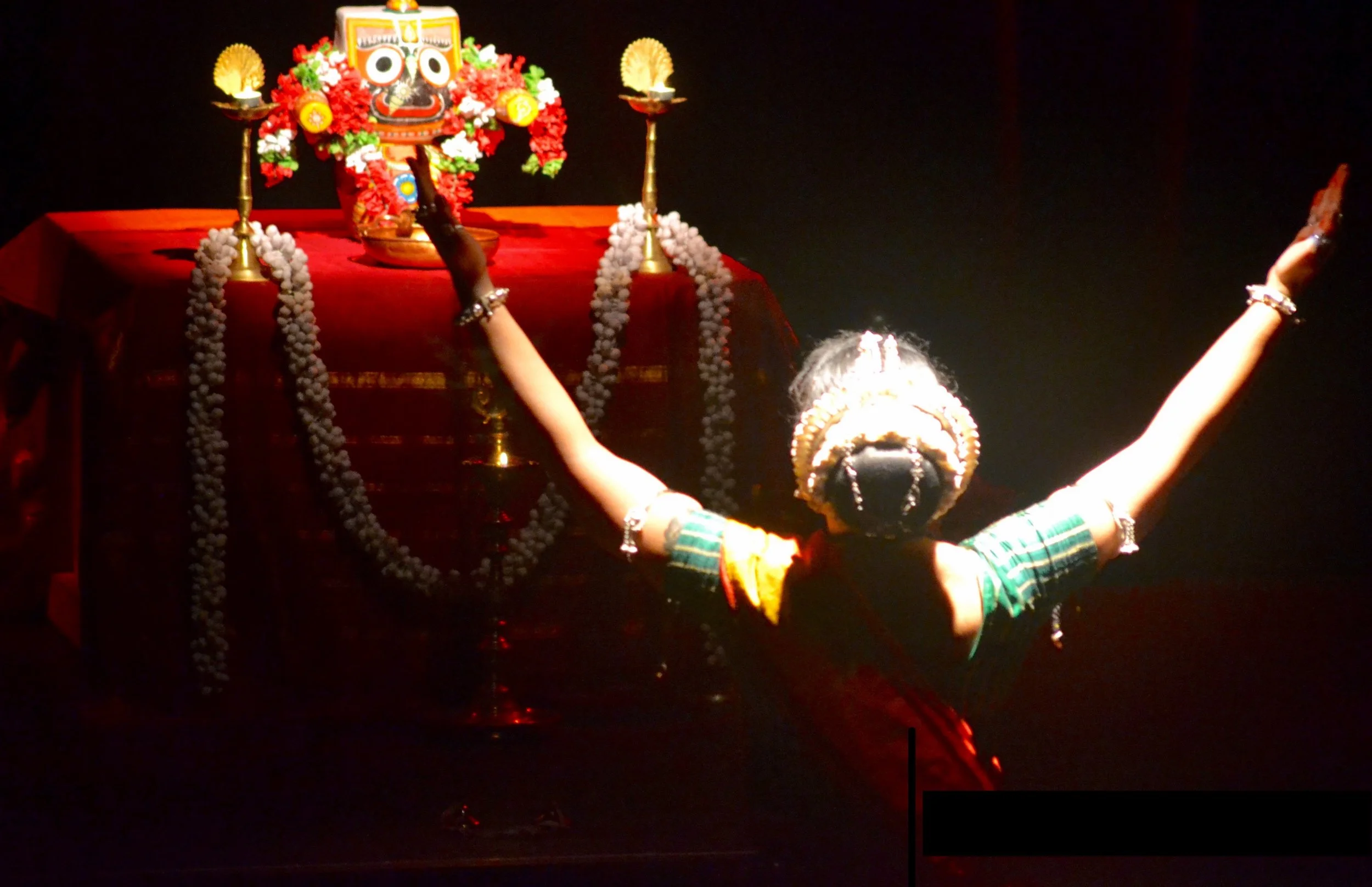Odissi - the oldest existing sacred Indian classical dance
Odissi dance is one of the oldest existing dance styles in Bharat. Abhinavagupta, the commentator on Bharata’s Natyashastra says that the origin of dance is not something that can be traced. It is as ancient and ever existing as the knowledge contained within the Vedas themselves. Every generation rediscovers it, re-interprets it and gives it its own identity according to their own evolution, state of mind and understanding.
The aim of dance according to him is to either entertain or to enlighten. The universe in its abstractness and vastness holds a mystical power over the human mind. The human body is endowed with an incredible tenacity to display the most mystical and vast phenomenon of the universe through its minutest gestures. Dance is that representation of the infinite through the finite and perishable body of a human soul.
The representation of the infinite in a tangible form in Orissa, starts from the Jagannatha Temple .
Despite the world being joined through globalisation in today’s time and age it would still be pertinent to mention that to understand the antiquity of an art form one has to connect to the cultural and civilizational nuance of its place of origin.
Western historical perspectives like to place everything around a dating system that privileges the mode of physical dating or one that fits the narrative of the western civilizational thought. References in the puranas, smritis, epics, and passed down oral traditions are ignored as mythology and hence not accepted as genuine historical proof.
The Skanda Purana by Vyasa Maharishi is the oldest and the most voluminous Purana. Consisting of 88,100 shlokas. The Vaishnava Khanda consists of the Purushottam Kshetra narration by Jaimini Rishi. It is here that the antiquity of not only Jagannatha temple is revealed but also the art of dancing is mentioned in a way that predates dance to a pre temple building era. The Jagannath Temple as being built by only Chodangangadeva in the 12th century AD is now discredited as a possibility that he might have repaired, remodelled and made additions to an existing structure. And also, as having brought in more Maharis (sacred temple dancers and sevakars) for the temple service .
The dating of the purana is controversial due to the flawed dating mechanisms used that discredited the factual textual evidence as mythology.
Dance or more specifically Odissi dance has an antiquity that is beyond 10,000 years at the very least. Odissa has been specifically mentioned as a place of high art and culture in the Ramayana and the Mahabharata. The dating by the scholar and researcher Professor Nilesh Neelkanth Oak places it around 12,000 BCE. Ved Veer Arya a research scholar dates the whole history of Kalinga/Orissa to an even further time line based on evidence from the scriptural records found in Orissa.
Dancing being a part of the essential temple services for consecration and ceremony.
Odissi has been mentioned as the Odra Magadhi style in the Natya shastra which is at least more then 2000 years old, this is also said to be a text based on an older earlier version of a text by a similar name.
Odissa and Jagannath temple have been home to in numerous invasions since the past 1500 years. This led to political, economic and religious upheavals that have left their indelible mark upon the state of the religious cultural affairs of the area.
A remarkable confluence of Jain, Buddhist, Shakta, Shaivite and Vaishnav influence through various waves of time influenced dance and all related arts and temple building procedures.
The invasions into the state by ideologies that were against idol worship and dancing led to a devastating closure of the temple for nearly 144 years. The temple having been attacked and the idols being hidden away innumerable times during the last thousand years. Colonial rule by the Bristishers over the last three hundred years before India’s independence
created situations that have been mostly nonreversible with regards to the Maharis and Odissi dance as part of the sacred offering service in the Temples of Orissa and most of all Jagannath Temple. The anti-Nautch bill of 1937 was a final blow inflicted by a Victorian culture that had scant regard for the nuances and vast civilizational, ideological and cultural differences between the Indic and Victorian backgrounds.
Todays Odissi dance continues to be shaped by those differences that are irreconcilable.
Despite all the historical catastrophes a heroic effort was put in post-independence by scholars, by bringing together dancers, researchers, musicians and connoisseurs of the art form to systematise the remaining remnants of Odissi and create /recreate the ancient form of the dance in such a way as to popularize it and inspire future dancers to learn the art form.
Todays Present day Odissi dancers have much to be grateful to the ‘Jayantika group’ that came together for this purpose solely.
Odissi dance has three distinct remaining traditions that fused together in this century to become the present day Odissi dance.
The Maharis or the sacred great women in service to Lord Jagannatha were the core centre around which the dancing tradition revolved. The auspiciousness of the Maharis made them equal to Goddess in stature hence also referred to as ‘Chalanti Devi’ or the Living Goddess. Living their life in service to the Deity they performed daily dancing and singing rituals in the temple.
The second stream was the Gotipuas or the ‘boy dancers. These were young prepuberty boys living and learning at the local zamindars akharas the natural gymnasiums. They would be skilled in bandha nritya or acrobatic yogic displays of the art form and dancing that was done in the outskirts of the temples and several festivals around the region. Places that were not open for the Maharis to be seen the Gotipuas were basically entertainers in Bhakti Bhaav. It was these genres of dancers who post the colonial anti nautch bill were able to preserve the Dance form for future revival and many Gurus came from this tradition.
The third stream was the Raaslila dancers. These were troops of dancers and singers maintained by the Vaishnav Gurus for performing Raas lila as travelling troupes of the Bhakti leela’s based on Krishna and Radha.
Guru Kelucharan Mahapatra was trained in two streams of the above-mentioned paths as a Gotipua and a Raas Leela dancer.
Coming from a pata chitra family from Raghurajpur in Orissa he had all the qualities that were required for creating and recreating the nearly extinguished dance form of Odissi.
It was his incredible pairing with the musical doyen Pandit Bhubaneshwar Mishra that created the vast body of present-day repertoire of odissi dance which is the real treasure without which Odissi dance was quite extinct.
Smt Sanjukta Panigrahi the famous Odissi dance diva and his primary student was responsible for the propagation and promotion of odissi dance worldwide.
Todays Odissi dancers owe a deep respect and debt of gratitude to these numerous silent and active workers who kept the art form alive and shaped it for the present and future generations to enrich further.
